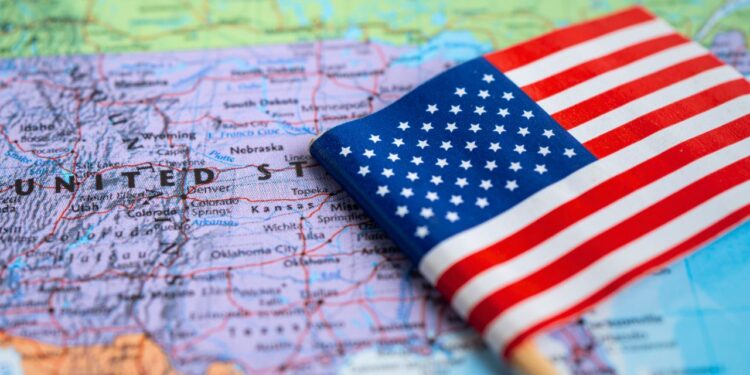California, along with eight other U.S. states and territories, will receive part of a $60 million federal investment to build a climate-ready workforce, according to the LA Times.
The U.S. Department of Commerce and the National Oceanic and Atmospheric Administration (NOAA) are spearheading this initiative; Long Beach City College (LBCC) will receive $9.5 million to create the Los Angeles County Climate Ready Employment Council.
LBCC will offer training, internships, and job placement services in the water and solar sectors. Similar programs are set up in Alaska and territories including American Samoa, and Puerto Rico. This initiative, funded by the Inflation Reduction Act, aims to train a new generation of skilled workers to address climate impacts like sea level rise and renewable energy demands.
The program includes $50 million in direct awards and $10 million in technical assistance, amidst high demand evidenced by 95 applications totaling $615 million in requests.
NOAA’s National Sea Grant College Program highlights this initiative as essential.
California has ambitious climate goals — cutting greenhouse gas emissions by nearly half by 2030 and achieving carbon neutrality by 2045, necessitating major changes in transportation, energy, and infrastructure.
A 2021 study suggests California’s clean energy investments could create one million jobs by 2030, with substantial contributions from solar, wind, and wastewater sectors.
The Fifth National Climate Change Assessment emphasizes that underserved and marginalized communities are disproportionately affected by climate change and often excluded from the labor market.
The workforce initiative aims to address this by offering comprehensive support services, such as childcare and transportation, to help participants complete their training and secure good-paying jobs.
LBCC’s role will involve coordinating public, private, nonprofit, tribal, and educational sectors to enhance the county’s climate resilience workforce. LBCC will also use a separate $750,000 grant to support water, wastewater, and energy workforce development, targeting underserved communities.
The federal funds are expected to be fully dispersed by August 1, with the program starting within six to nine months thereafter.


 Dr. Gleb Tsipursky – The Office Whisperer
Dr. Gleb Tsipursky – The Office Whisperer Nirit Cohen – WorkFutures
Nirit Cohen – WorkFutures Angela Howard – Culture Expert
Angela Howard – Culture Expert Drew Jones – Design & Innovation
Drew Jones – Design & Innovation Jonathan Price – CRE & Flex Expert
Jonathan Price – CRE & Flex Expert











